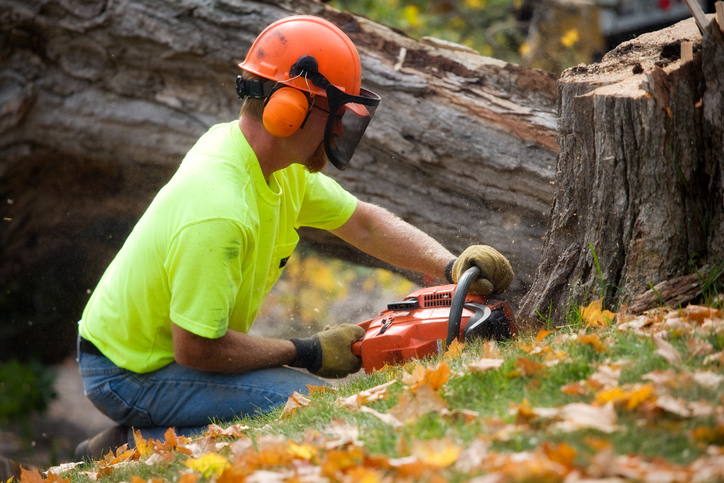Recognizing the Relevance of Tree Preservation and Preservation Practices in Urban Locations
In the bustling landscape of urban atmospheres, trees commonly stand as quiet guardians, giving a wide variety of benefits that expand far beyond their visual charm. As we discover the interwoven material of ecological, social, and financial benefits that city trees use, it becomes evident that their preservation is critical for the wellness of existing and future generations.
Ecological Benefits of Trees in Cities
Trees in urban locations play an essential function in providing different ecological advantages, contributing to the total well-being of city dwellers. This procedure assists decrease the focus of harmful gases, making the air cleanser and healthier for locals.

Additionally, trees add to water monitoring by reducing stormwater drainage and dirt erosion. Overall, the ecological advantages of trees in cities are necessary for producing lasting and livable metropolitan environments.
Social Relevance of Urban Tree Preservation
In modern city landscapes, the preservation of trees holds significant social importance for fostering neighborhood wellness and improving top quality of life. Urban tree conservation plays a vital function in developing rooms for social communication and neighborhood involvement. Trees offer meeting place for individuals, such as parks and green areas, where neighborhoods can integrate for entertainment tasks, social events, and leisurely walks. The existence of trees in urban settings has been connected to reduced degrees of stress, boosted psychological health, and enhanced feelings of well-being among residents. Additionally, trees add to the appearances of communities, creating visually attractive surroundings that boost the general livability of city locations.

Economic Worth of Tree Conservation
The preservation and conservation of city trees use considerable financial advantages that add to the general economic wellness of communities and cities. Urban trees offer a wide variety of financial benefits that positively influence local economic situations. One substantial economic advantage of tree conservation is the increase in residential or commercial property worths. Trees enhance the visual allure of communities, bring about higher property values and drawing in potential buyers or tenants. Additionally, metropolitan trees aid reduce energy prices by providing color in the summer season and acting as windbreaks in the winter months, thereby decreasing the demand for heating and cooling systems.
In addition, trees play a critical function in decreasing stormwater overflow and reducing the effects of flooding, which can result in price financial savings for cities in regards to facilities maintenance and repair service. Urban trees likewise add to enhanced air quality by releasing and soaking up pollutants oxygen, leading to potential cost savings in medical care expenses related to breathing ailments. By acknowledging and spending in the financial value of tree preservation, cities can advertise lasting advancement, boost high quality of life, and create more resistant metropolitan settings.
Methods for Sustainable Urban Tree Management
A thorough strategy to lasting urban tree administration involves incorporating varied approaches that focus on long-term view ecological health and community well-being. Applying tree stocks and analyses is crucial to comprehend urban tree populaces, their health and wellness, and upkeep requirements.
Neighborhood engagement plays a pivotal function in sustainable urban tree monitoring. Enlightening homeowners about the advantages of trees, arranging tree planting occasions, and entailing volunteers in tree care activities promotes a feeling of possession and stewardship. Collaboration in between city government, environmental companies, and locals is essential to establishing and executing reliable tree administration strategies.
Spending in environment-friendly infrastructure, such as metropolitan woodlands and environment-friendly roofs, can offer several advantages, consisting of improved air quality, stormwater management, and metropolitan heat island reduction. tree removal. Incorporating trees into metropolitan preparation and style procedures guarantees that trees are valued as vital parts of a dig this healthy and balanced and resistant urban atmosphere
Neighborhood Participation in Tree Conservation
Community participation is an essential part in promoting lasting metropolitan tree monitoring practices and guaranteeing the long-lasting health and wellness and preservation of city tree populations. Involving the community in tree preservation efforts can lead to enhanced awareness, recognition, and stewardship of trees within metropolitan locations. When homeowners actively join tree upkeep, planting, and conservation initiatives, they establish a sense of possession and pride in their regional atmosphere.
Community participation also advertises social cohesion and partnership among homeowners, local authorities, and environmental companies, cultivating a common responsibility for city tree conservation. By arranging tree growing occasions, instructional workshops, and volunteer opportunities, communities can work together to improve the urban tree canopy and produce greener, much healthier cities.
Conclusion
To conclude, urban tree preservation and conservation techniques play a critical role in enhancing the environmental, social, and financial health of cities. By identifying the worth of trees in urban locations and applying sustainable management approaches, areas can take pleasure in the many benefits that trees offer. It is important for stakeholders to actively get involved in tree conservation efforts to ensure a greener and much healthier metropolitan setting for future and present generations.
